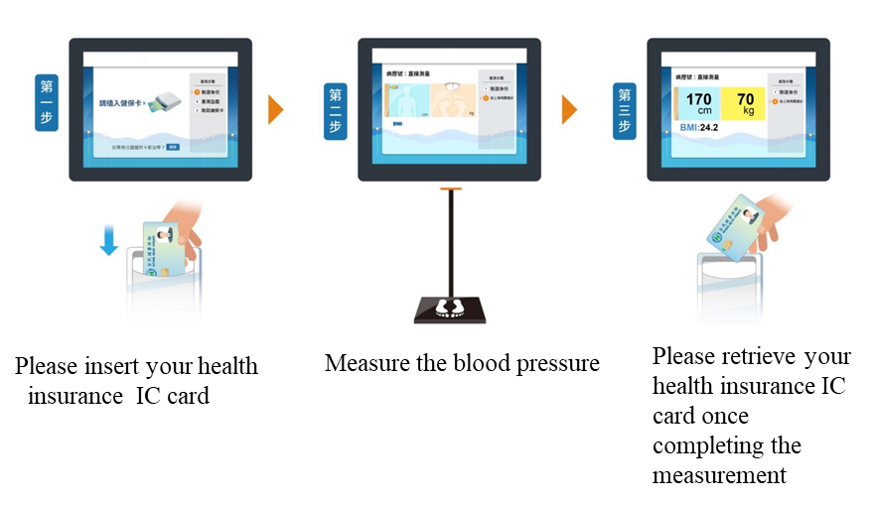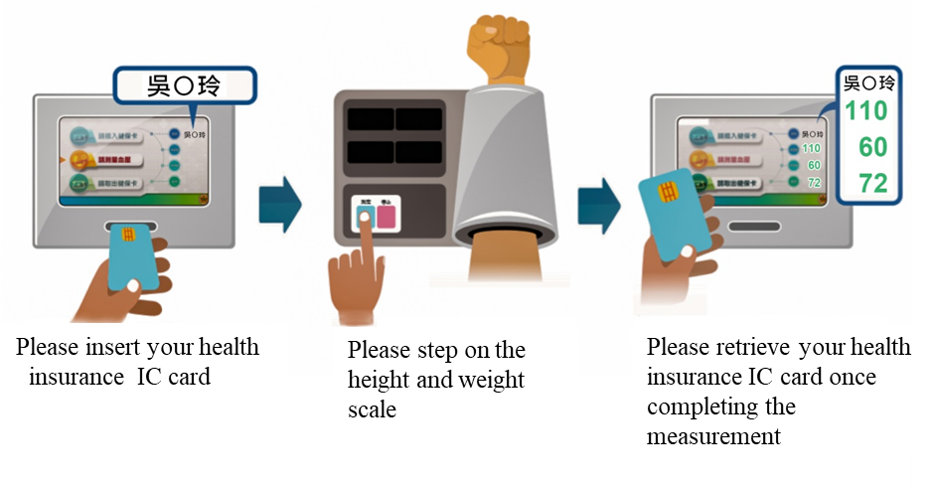Physiological data measurement upload
Su-Hsia Li, Technician, Dept. of Ambulatory Services
The use of information technology combined with artificial intelligence to decrease hospital costs, and improve medical work efficiency and service quality is the trend in developing smart medical services. Physiological data, including height, weight, blood pressure, and pulse, are important physiological markers for each newly diagnosed and chronically diagnosed patients, and are an important basis for physician diagnosis, treatment and disease evaluation.
In traditional physiological data measurement, manual copying onto hard copies is carried out before transcription into medical records. This consumes time and paper, affects work efficiency and interpretation effectiveness. In addition, transcription errors can cause patient safety incidents.
Physiological data measurement upload function refers to the linking of medical devices to the hospital information system (HIS) for integration with patient information system.
The introduction of automatic upload function by outpatient clinics can effectively increase the integrity of medical records and has unlimited benefits. The advantages are as follows:
1.Based on the measured data, a complete physiological status data can be established and used as a reference for comparison of therapeutic effects, diagnosis and treatment.
2.Saves time from repeated manual transcription and lowers chances of transcription error.
3.Simplifies time taken by nursing staff in relogging into computers, improves procedures, and increases work efficiency.
4.This can be combined with smart healthcare to improve the hospital’s image and increase the satisfaction of medical staff and patients.
Physiological measurement data are extremely basic and important in diagnosing and treating each patient. This system has promotion value and medical procedure intellectualization can make the diagnosis and treatment process smoother and greatly optimize service quality and performance.


Figure 1. Physiological data measurement steps
